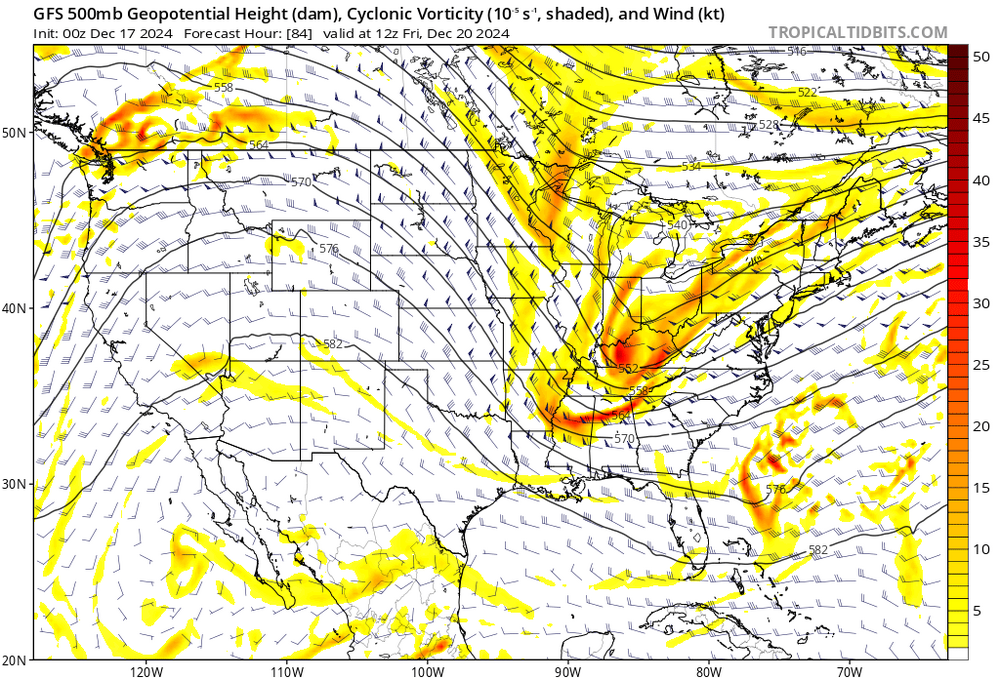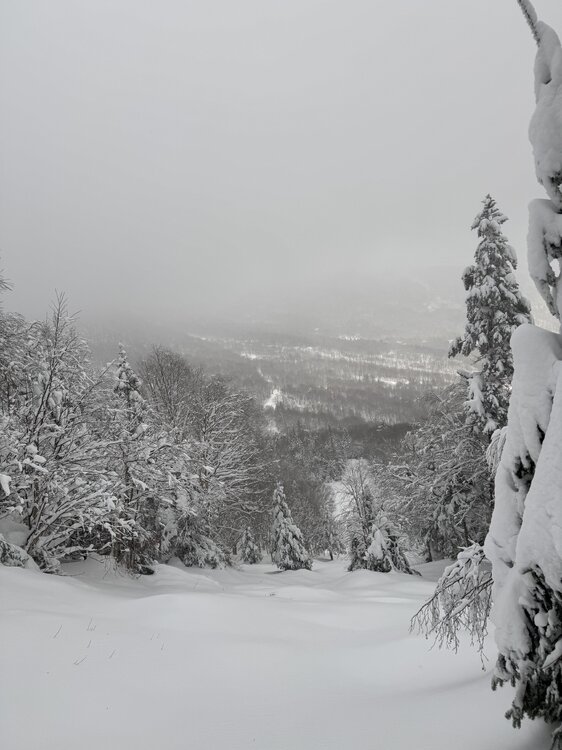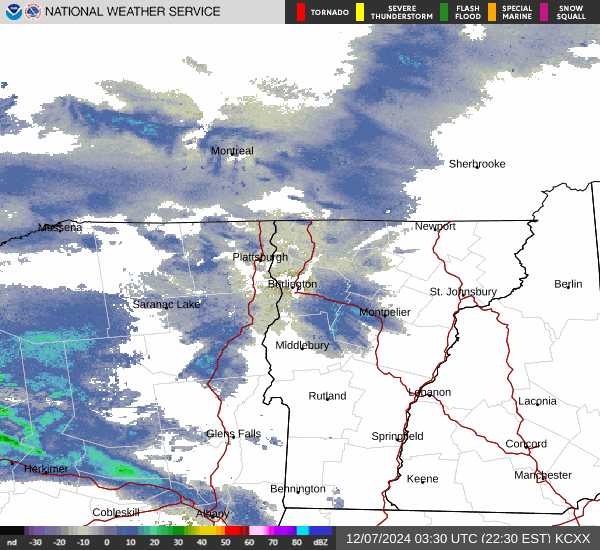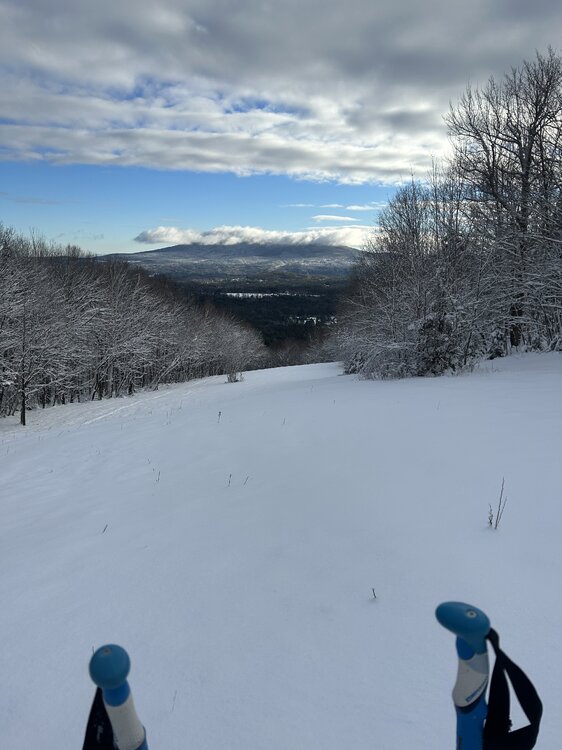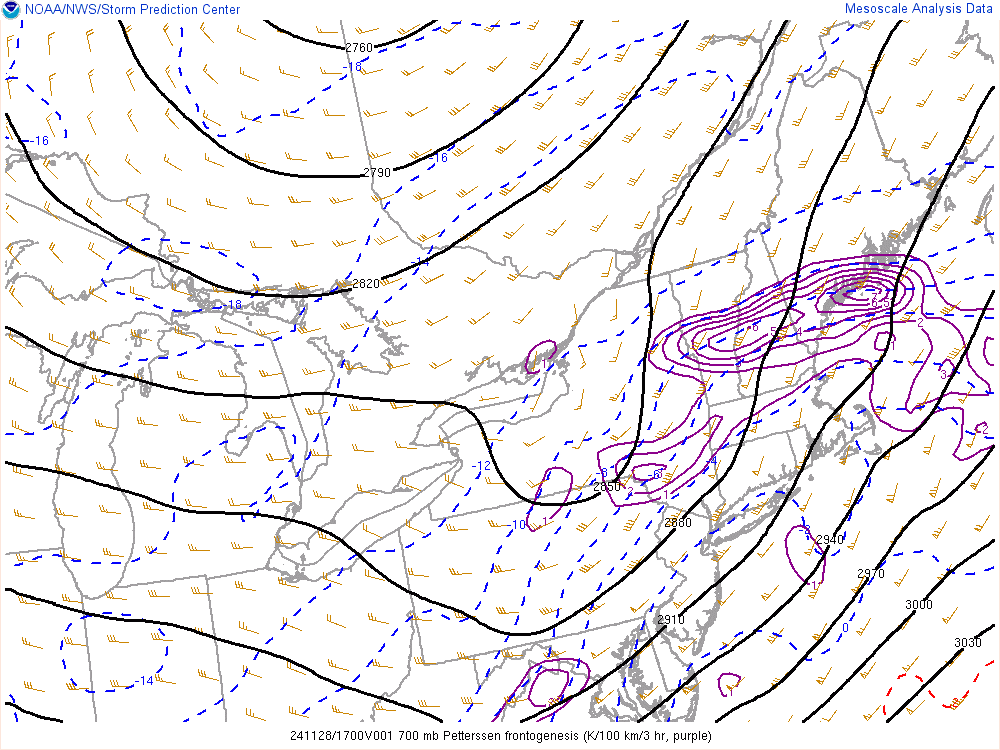-
Posts
714 -
Joined
-
Last visited
Content Type
Profiles
Blogs
Forums
American Weather
Media Demo
Store
Gallery
Everything posted by Boston Bulldog
-
I have a few caution flags on the improved 0z GFS run. Watch where the SLP develops - it congeals on some spurious convection that forms off of FL, helping shunt the ocean storm a bit NW Sure the upper level changes are there, but I don't think they support such a substantial shift without the convective feedback
-
Yeah sure GFS blew at 0z. You never see a coastal bomb show up every single run for days on end. Synoptic errors are so huge at this juncture, but at least there is persistence surrounding a *threat*. The signal continues to grow stronger. Even 0z keeps all the necessary pieces on the playing field, that’s all I need right now
-
Classic upslope blower pow! Really impressive stuff out of Mount Mansfield. It wasn’t nearly as deep farther south at MRG, but still some great (albeit thin cover) powder in the upper elevations. Frozen mud on the pole tips means low tide! Not sure if the natural snow at Sugarbush would’ve held up on most trails for a busy weekend crowd.
-

December 2024 - Best look to an early December pattern in many a year!
Boston Bulldog replied to FXWX's topic in New England
Absolutely firing at MRG right now. 6+ easily up high overnight and still dumping. -
This little impulse has scaled up slowly in recent days. The MRV area is really lighting up right now, perhaps a little consolation after missing out on last night’s bonanza north of I-89
-
Upslope starting to blossom over the spine again. What a stretch!
-
Yep Margavage. His “white thanksgiving” model was laughable. Ripped the accuweather product verbatim and modified the colorbar labels.
-
Highly recommend just ignoring the CFS when forecasting storms. In addition to its resolution issues with synoptic events, there is one notorious “met” who uses it frequently on Twitter. Betting against his constant “cold and snow” calls would be more profitable than betting against Jim Cramer’s stock picks
-
With this incoming storm likely to drop 8-12" (and potentially more), it looks like woods skiing will be game on for northern VT on the first weekend of December. Very quietly the NNE mountain snowpack has gotten off to a great early start (what happened mid-december last year was criminal). Jay looks ready to drop ropes on everything, insane stuff up there. I keep thinking back to the sleeper powder day along the spine in late November last year, keep an eye out on this Friday.
-
Looks like a Champlain enhanced snowband has been hitting the App gap and Camels Hump area pretty hard this evening. Sneaky little disturbance tonight ahead of the main clipper has been enhancing upslope production. These unstable upper level arctic troughs sometimes don't deliver down south, but the mountains will always find ways to cash in.
-
-

Turkey Day Birch Bender Snow Storm/Observation Thread 11/28/-11/29
Boston Bulldog replied to dryslot's topic in New England
The ML reacharound seems to be going poof over SVT. While dynamics are waning overhead, I suspect some of this is due to distance from the radar beam. I think we have a bit more juice before things end. Eyeballing 7-8” in Sunapee, power flickering constantly over the past few hours. Impressive November event at 1100’ -

Turkey Day Birch Bender Snow Storm/Observation Thread 11/28/-11/29
Boston Bulldog replied to dryslot's topic in New England
Yep, big slug of moisture gearing up near Albany. Probably another 2-4” if that holds together -

Turkey Day Birch Bender Snow Storm/Observation Thread 11/28/-11/29
Boston Bulldog replied to dryslot's topic in New England
Yep, expecting it to take on a SW to NE alignment as H7 low matures. Anywhere SE of where it sets up may have some subsidence issues and a more showery radar. The swath of posters we have from Sullivan through Merrimack counties are going to have a close shave -

Turkey Day Birch Bender Snow Storm/Observation Thread 11/28/-11/29
Boston Bulldog replied to dryslot's topic in New England
700mb fronto band starting to take shape. Looking at radar now, it might be curling a bit SW through Vermont back towards the capital region. -

Turkey Day Birch Bender Snow Storm/Observation Thread 11/28/-11/29
Boston Bulldog replied to dryslot's topic in New England
Similar conditions to your west, radar looks great with additional banding pivoting in from the south. Probably around 3” here -

Turkey Day Birch Bender Snow Storm/Observation Thread 11/28/-11/29
Boston Bulldog replied to dryslot's topic in New England
Yep, 32.0 here and seems to be accumulating relatively unimpeded. Closely watching that band lifting north from Keene -

Turkey Day Birch Bender Snow Storm/Observation Thread 11/28/-11/29
Boston Bulldog replied to dryslot's topic in New England
3k NAM has some convective issues with the slp shunting a bit south. Tossed -

Turkey Day Birch Bender Snow Storm/Observation Thread 11/28/-11/29
Boston Bulldog replied to dryslot's topic in New England
Fake cold indeed. 36.7 farther north in Sunapee




